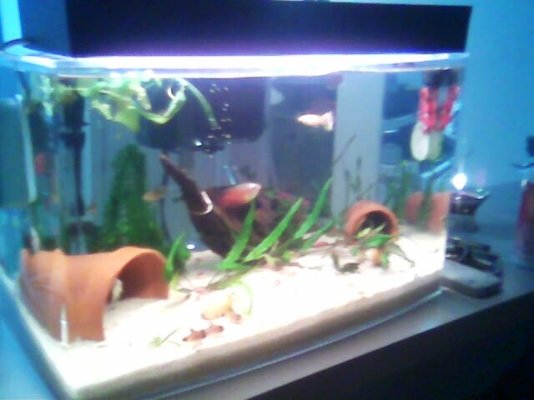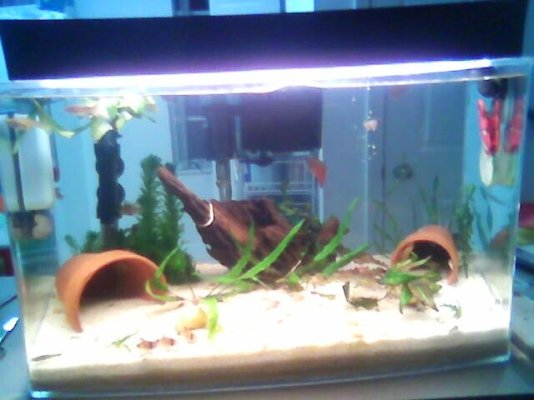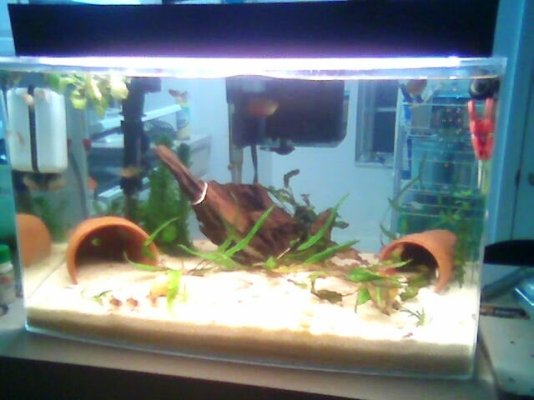OFF TOPIC-- thanks for the articles.. i found this particlurly interesting, although it has nothing to do with aquarium plants
" some plants (for example, cacti and pineapple) that live in extremely hot, dry areas like deserts, can only safely open their stomates at night when the weather is cool. Thus, there is no chance for them to get the
CO2 needed for the dark reaction during the daytime. At night when they can open their stomates and take in
CO2, these plants incorporate the
CO2 into various organic compounds to store it. In the daytime, when the light reaction is occurring and ATP is available (but the stomates must remain closed), they take the
CO2 from these organic compounds and put it into the Calvin cycle."
Basically it says that they can take in
CO2 at night and sort of store it and then during the day time, they can use daylight and
CO2 that they have taken in at night and not lose any H20 when they preform photosythesis in the daylight.
I still haven't read anything that says the plants use 02 at night instead of
CO2... only that plants ... during daylight.. open their stomates to recieve
CO2 and use daylight and H20 To make ATP.. sugar.. that they use for growth and energy and the end product, or waste is 02. No where does it say that at night they suddenly decide to take in their "waste product" (02) and use it to make ATP and release
CO2... it just doesn't make sense.
At night when photosynthesis doesn't occur the stomates close and
NO gas exchange occurs. Gas goes in and out through the stomates when they are open.
Okay... but all of this is talking about respiration of LAND plants... because they have to have the stomata to prevent them from transpiring to much water "Land plants must guard against drying out (desiccation) and so have evolved specialized structures known as stomata to allow gas to enter and leave the leaf"
But what about aquatic plants??? Do the have Stomates thant open and close during respiration??? If they don't is that why you say they continue respiration when the lights are out???
im confused...



